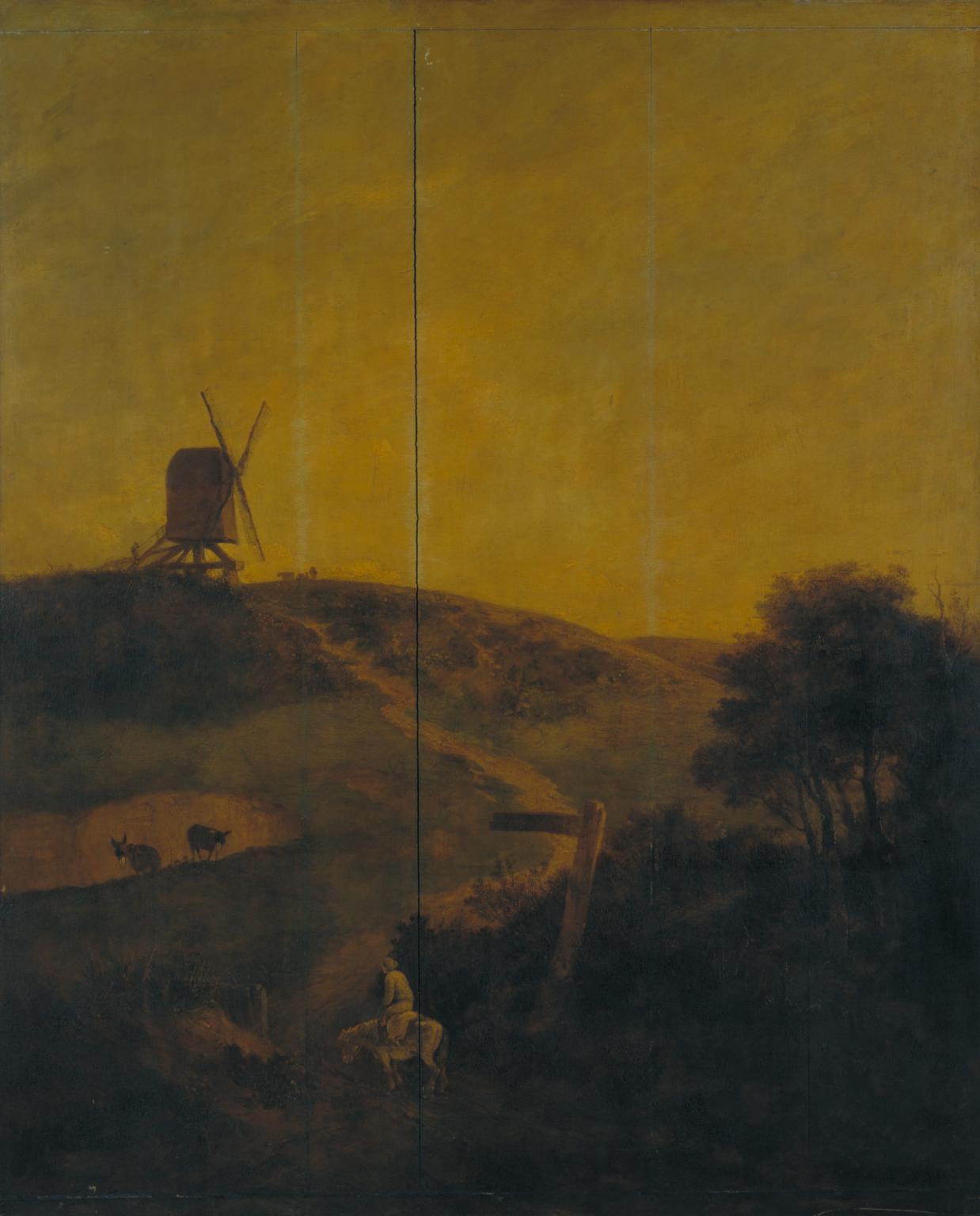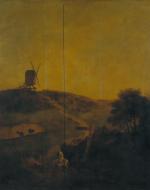Created by Mark Magurany on Thu, 09/26/2019 - 16:00
Description:
The year of 1816, the year that Mary Shelley, Percy Bysshe Shelley and Lord Byron spent their time in Geneva together, was known in Europe as "the year without a summer". This was due to the eruption of Mount Tambora in present-day Indonesia (then the Dutch East Indies), quite possibly the most powerful eruption in recorded history (University Corporation for Atmospheric Research [UCAR], 2012). The amount of ash sent into the atmosphere caused cooler temperatures by nearly three degrees Celsius (UCAR, 2012) around the world, causing many crops to fail. Beyond the temperature, the weather also was affected with large amount of rainfall as also described by Mary Shelley in her preface to Frankenstein. The people of the day did not know the cause, and as such were unable to prepare themselves.
The adverse weather and famine caused many desolate, bleak works of art to come out of the time period. Apart from the works of literature that were spawned in the Villa Diodati, artists found themselves painting many more red-tinted, dark sunsets. It became such a common theme of 1816 and the affected years to follow that present-day scientists have looked towards the artwork to study how the eruption affected the world.
One such painting is John Chrome's A Windmill Near Norwich from 1816. The dark and dusty sky is full of volcanic ash (that the people did not know of) that is causing the problems on the ground. The land near the windmill looks brown and dying while patches of dying grass occur elsewhere in the painting. The horse walks with its head low, but the animals near the small pond are the only ones with anything to eat. Cold and rainy days were ahead, or had already occurred by the time that Chrome finished the work. Life was going to be very difficult, and paintings of the time recognized that. Landscape painting itself was a Renaissance and Romantic thought, allowing then for artists to create the tone of their surroundings through nature.
Work retrieved from: https://www.tate.org.uk/art/artworks/crome-a-windmill-near-norwich-n00926
*Used through Creative Commons CC-BY-ND 3.0 (Unported)
References:
University Corporation for Atmospheric Research [UCAR]. (2012). Mount Tambora and the Year Without a Summer. Retrieved from https://scied.ucar.edu/shortcontent/mount-tambora-and-year-without-summer.
Copyright:
Associated Place(s)
Timeline of Events Associated with A Windmill near Norwich and the Year Without a Summer
Part of Group:
Featured in Exhibit:
Artist:
- John Chrome


